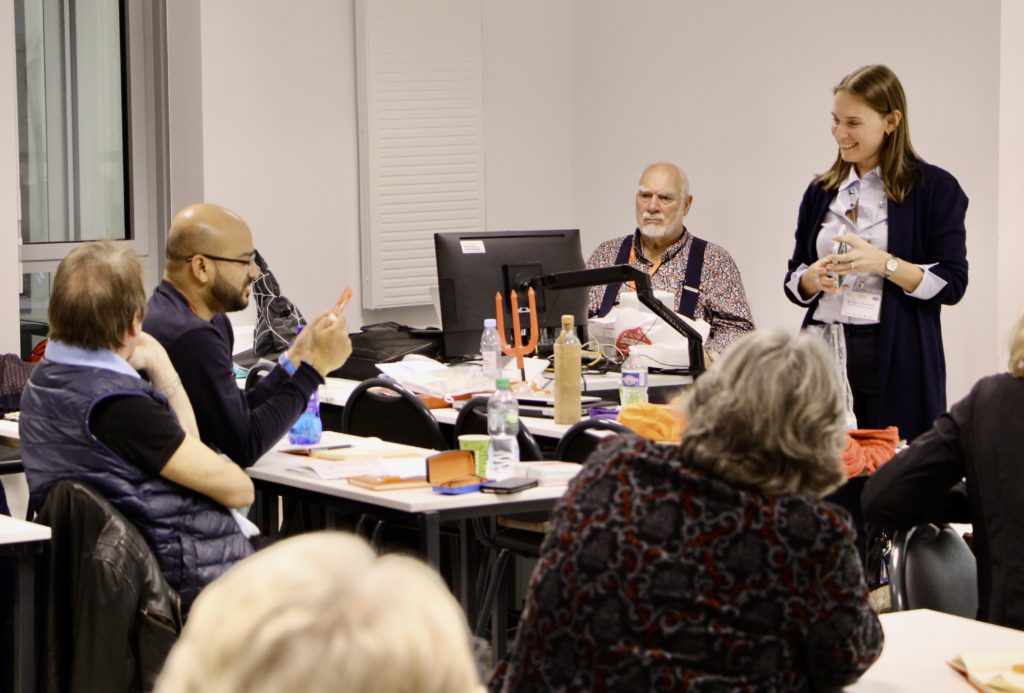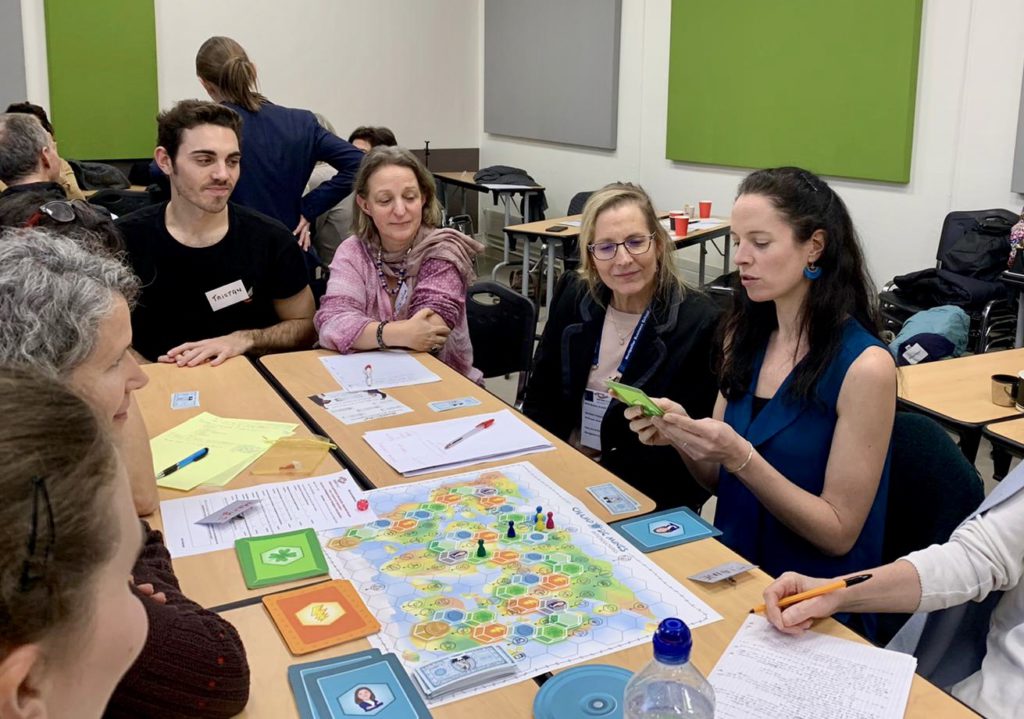They Just Can’t Stop Playing!
How gamification became the most essential part of my intercultural training work.

Once, at a Gamification for Intercultural Intelligence Training at the SIETAR Europa 2019 Congress with a very diverse audience of interculturalists from 23 counties, a participant from Germany said that using games with German business students and corporate clients is not easy. In Germany, learning through games is not considered an appropriate teaching method. Apparently, an attitude to gamification in education itself is a cross-cultural issue, which should be addressed a smart way. However, most of our audiences at gamification workshops have always agreed upon the efficiency of edutainment, with business education not being an exception.
I have been designing and conducting intercultural intelligence games since 2009; and I have observed its stunning results on my business students. I would like to share some of my insights with SE Journal readers who may be interested in using gamification in their training and teaching work.
1. A game can provide understanding that cannot be reached by a lecture.
One of my recent corporate clients asked me for a training on Chinese business culture after they got stuck in their negotiations, unable to achieve mutual understanding. The Richard Lewis’ CultureActive assessment revealed that most of the team inclined to the Linear-Active type of culture with a strongly direct communication style and quick-result focus. This finding explained a lot! That meant they would need to make serious efforts to understand what the Asian (Reactive) communication style meant and to develop their own communication style adaptability.
I noticed a long time ago that it was not easy for direct Russians to adapt their communication style aimed at clarity and achieving results. I have been trying a number of exercises to help my students train such an unhabitual and uncomfortable for them skill as indirect communication style but have never been as satisfied with the results as now.
The “Just Don’t Say NO” game is the latest and the most successful attempt to achieve the best results of developing adaptability of intercultural communication style. This game is not about just saying NO. It is about the whole range of communication patterns from the most direct to the most indirect ones, that can be found around the world. Saying NO is just a very demonstrative communication unit that can be used as a starting point to study a variety of styles. In other words, if you want to see cultural differences, try to say NO in a number of ways that would be appropriate in the USA, England, Italy, France, Middle East, India, China or Japan. So, what exactly is the Just Don’t Say NO game? It is a specific technology of training adaptability of communication style, including all the necessary real life examples and a communication style builder. It allows players to feel and try the most unusual and alien styles in a game setting, instead of going through trial and error in real life communication.
2. A game can evolve a feeling of intercultural experience that cannot be created with traditional teaching methods.
Especially, a feeling of an experience which one has not had before. For example, the Culture Shock role play simulates intercultural negotiation between two contrasting cultures. It provides a very realistic sense of how it feels when you communicate with a culturally different partner, without being aware of their mentality and cultural values. I have been running this game for 10 years so far, and I see that it’s been providing the consistent stable learning effect. The intended failure to reach an agreement, along with frustration and irritation that players often experience during the game, bring them to become aware of their behavioral mistakes and to really want to develop their cultural sensitivity.
3. A game is a smart way to “pack” much more knowledge and ideas, that otherwise would not be processed by the students in the same amount in such a short time, as with more traditional methods of learning.

A good example of such a game is the Intercultural Minefield. It is a board game, also available in online version, where players “walk” across the “minefield” stepping on cultural “mines”. By solving each case and answering questions, players earn and lose money, which allows them to see how cultural intelligence level is directly proportionate to the bottom line of their business.
Methodologically speaking, this fun game incorporates a vast number of topics that need to be studied within intercultural business communications (etiquette, traditions, business practices, communication styles, values, behaviours and many other), and it covers quite a diverse number of cultures to vividly show cultural differences.
When I conducted the Minefiled game online last time, my group asked me not to stop even after we crossed our time line. They were just so eager to learn more by stepping on more and more cultural mines! This is a true example of a learning experience when it is students who want to know more, rather than you trying to get as much as you can into their attention span.
In conclusion, I would like to admit that games do not substitute traditional teaching methods completely. Different types of content and training tasks have their own more suitable methods. But games in education proved themselves to be definitely a very efficient and convenient tool that is well combined with any other training style and can even improve it.
This article is first published in the SE Journal, June-August 2020